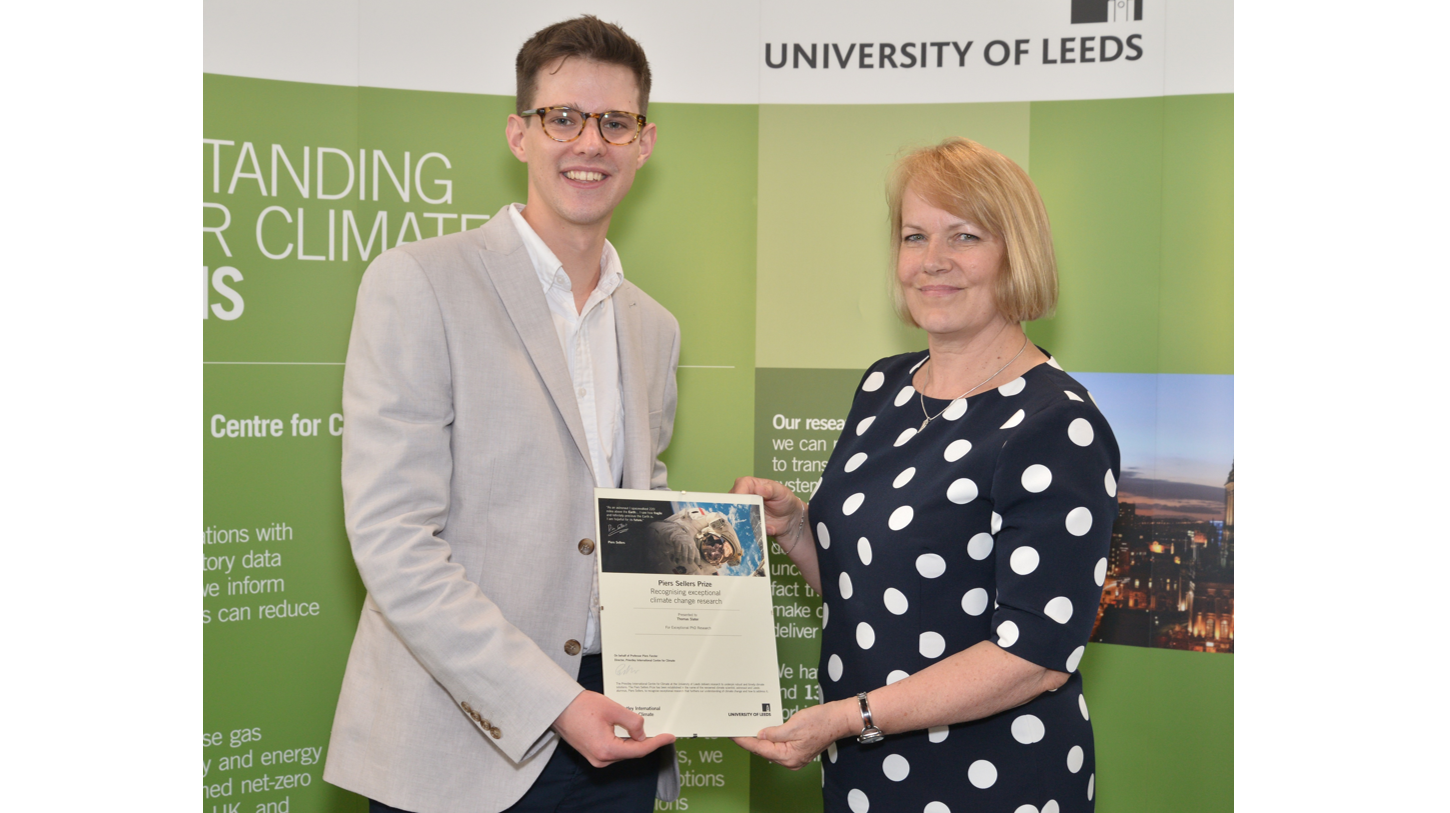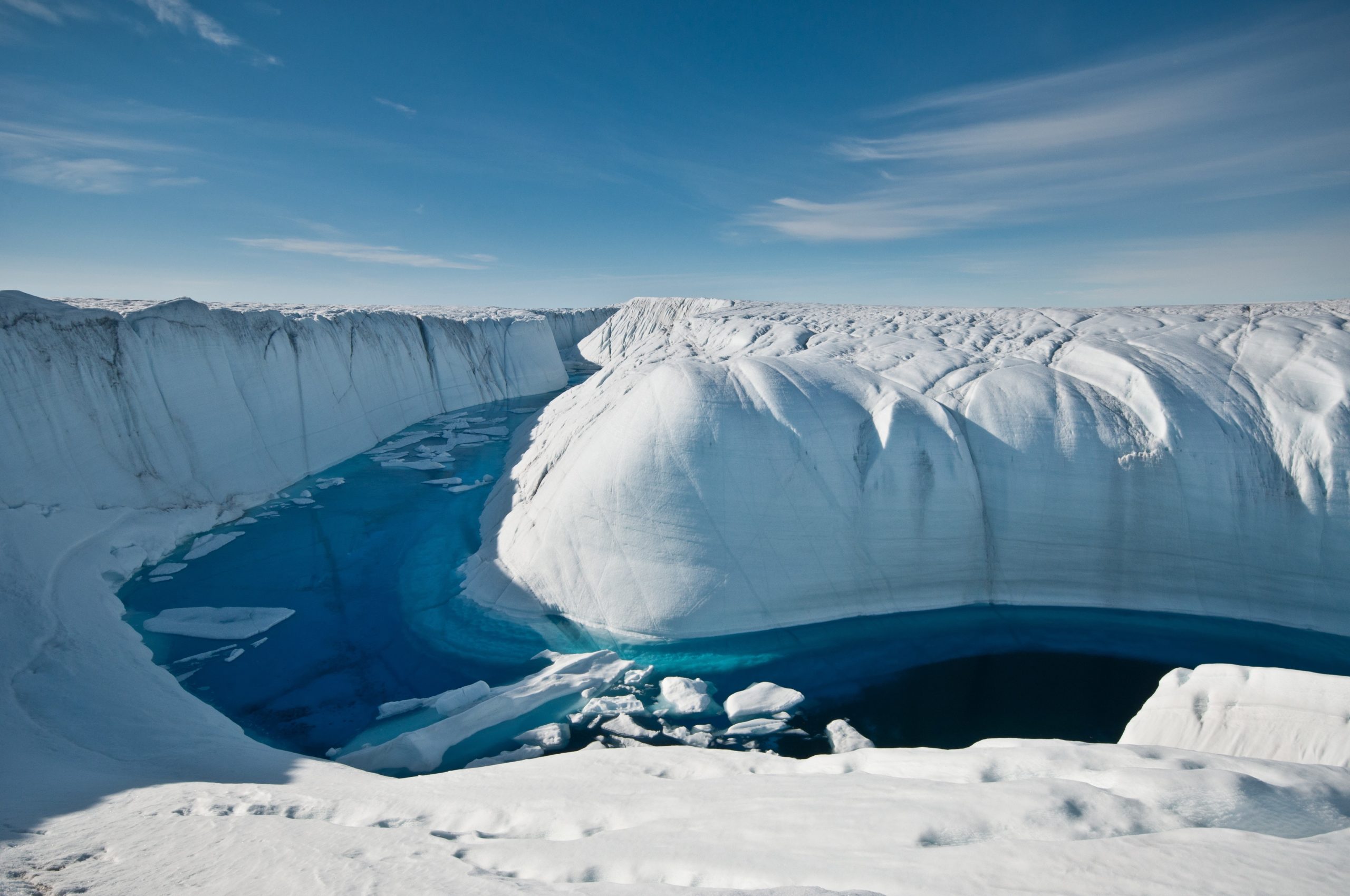Piers Sellers PhD prize: one year on

Last summer I was honoured to receive the Piers Sellers prize for exceptional PhD research.
Working in the NERC-funded Centre for Polar Observation and Modelling (CPOM), I used satellites to measure the height of the Antarctic and Greenland ice sheets and how they change over time, as well as their respective contributions to sea level rise. During my PhD I helped develop new methods to address key challenges for processing satellite altimeter observations of the polar ice sheets.
On sea level rise, I demonstrated that Antarctic ice losses are tracking the upper range of sea level projections from the IPCC’s Fifth Assessment Report. If this trend continues, Antarctica will be responsible for an additional 10 centimetres of sea level rise by 2100, exposing an additional 19 million people to annual flooding worldwide. These findings have significant implications for coastal communities, climate policy, and can be used to improve the ice sheet models which predict sea level rise.

A melt stream on the Greenland ice sheet. Credit: Ian Joughin
Of course (and as science should be), this work was not done in isolation: I am very grateful to members of CPOM and international partners I have had the opportunity to collaborate with and learn from, and for the guidance of my supervisors Andy Shepherd and Mal McMillan.
At the prize-giving ceremony in summer 2019 was I given the opportunity to give a short talk about my research to a wider audience, and to listen to the international Piers Sellers prize winner Petra Tschakert speak about her work on climate justice and the Anthropocene – something I hadn’t had chance to fully engage with before, but found fascinating. Afterwards we attended the formal opening ceremony of the Priestley Building, which was a great chance to meet and speak to members of the Priestley Centre. You can watch both presentations here.
The main benefit of being awarded the prize has not been monetary, but the opportunity to learn from and collaborate with climate scientists from a broad range of backgrounds and scientific disciplines
Since being awarded the prize, I spent much of the remaining year finishing up my PhD, and (finally!) graduated in December. After completing my PhD I have stayed at the University of Leeds to continue my research, using satellites to monitor Earths’ polar ice sheets as a Research Fellow in CPOM. Following on from our work in Antarctica, we have shown that Greenland is very much on a similar trajectory: ice losses are seven times higher now than they were in the 1990s and are also tracking our worst-case climate warming scenarios.
Although I haven’t had chance to attend a conference with the prize money yet (and sadly may not for some time as I write this blog from my home during the coronavirus lockdown), to me the main benefit of being awarded the prize has not been monetary, but being given the opportunity to learn from and collaborate with climate scientists and members of the Priestley Centre who come from a broad range of backgrounds and scientific disciplines.
Whilst doing a PhD in climate science it can be easy to become too focused on the technical aspects of your work, and lose sight of the human impacts of your findings. Thanks to the Piers Sellers prize I am now much more aware of this, and connected to a wider network of climate researchers.
This blog was written by Dr Tom Slater
